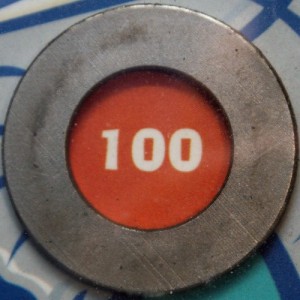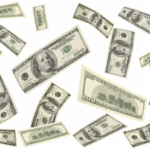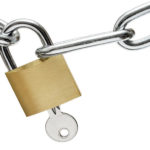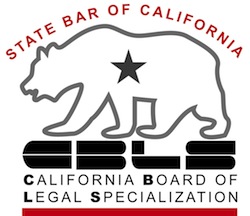The sixtyish client sitting in my office couldn’t pay off his credit cards, even though he had assets worth 10 times his credit card debt.
What could bankruptcy possibly do for someone who was solvent? His assets would be sold in a Chapter 7.
Assets but little cash
His problem was liquidity and an income that was certain to decline in the next few years.
His generous disability income would end at 65, leaving him with only Social Security and the income from the illiquid annuities to live on.
Minimum payments on $50,000 of credit card debt took 40% of his current income. It would take 42 years to pay it off at contract terms.
Like so many clients, he wanted desperately to pay off the debt, yet the credit card interest rates made it impossible without selling off the assets on which he relied for a stable future.
Care to guess what saved the day? The Federal Reserve!
No double digit interest rates
The interest rate on federal funds at the time was at .18%. Less than one percent.
It’s the federal funds rate that defines the interest rate on federal judgments, and therefore the interest a solvent debtor must pay creditors in Chapter 13.
In a Chapter 13 plan, he could keep his house, preserve the annuities he’d need for his support at 65, and pay the face amount of the debt plus minuscule interest.
All that Chapter 13 requires is that creditors do at least as well under the Chapter 13 plan as they would in a Chapter 7 where the trustee would sell the assets of the trustee’s choice to pay creditors.
So, by reducing the interest rate from credit card rates to the federal judgment rate, my client’s $50,000 in credit card debt could be paid off in a 100% Chapter 13 plan, with less than $300 of interest paid on the debt over the entire 60 months of the plan.
Payments to the plan will be less than the current debt service and in five years, he’ll be debt free.
When we talk about saving, we talk about the power of compound interest. Savor the reverse, the power of a minuscule interest rate on debts paid through Chapter 13.
More
Image courtesy of Leo Reynolds.







Would this work for student loan debt? Example: client with $50K student loan debt at 6% interest. Client files 13 and pays face amount of debt plus interest at 0.18%. In effect, all payment goes to reduce principal. At end of 3/5 year plan term, if there remains any student loan principal outstanding, original interest rate would probably kick back in, but client has saved tremendous amount of dough. What do you think?
Filing bankruptcy is NOT the end as many people believe. It is entirely possible to keep your home and your vehicle after filing bankruptcy as stated above. Many people are afraid to file bankruptcy as they believe they will lose everything and their credit will irreparably damaged. This is simply not true. Bankruptcy recovery is definitely possible if consumers are determined to rebuild their credit.